
ALADDIN
An imprint of Simon & Schuster Childrens Publishing Division
1230 Avenue of the Americas
New York, NY 10020
www.SimonandSchuster.com

BEYOND WORDS
20827 N.W. Cornell Road, Suite 500
Hillsboro, Oregon 97124-9808
503-531-8700 / 503-531-8773 fax
www.beyondword.com
This hardcover Beyond Words/Aladdin edition April 2017
Text copyright 2017 by Beyond Words/Simon & Schuster, Inc.
All rights reserved, including the right of reproduction in whole or in part in any form.
Managing Editor: Lindsay S. Easterbrooks-Brown
Editor: Emmalisa Sparrow Wood
Copyeditor: Ashley Van Winkle
Proofreader: Leah Brown
Interior and cover design: Sara E. Blum
Jacket design by Sara E. Blum
Jacket copyright 2017 by Beyond Words/Simon & Schuster, Inc.
Jacket photographs copyright 2017 by iStockphoto.com
Composition: William H. Brunson Typography Services
ALADDIN and related logo are registered trademarks of Simon & Schuster, Inc.
BEYOND WORDS PUBLISHING, logo, and colophon are registered trademarks of Beyond Words Publishing. Beyond Words is an imprint of Simon & Schuster, Inc.
For information about special discounts for bulk purchases, please contact Simon & Schuster Special Sales at 1-866-506-1949 or .
The Simon & Schuster Speakers Bureau can bring authors to your live event. For more information or to book an event contact the Simon & Schuster Speakers Bureau at 1-866-248-3049 or visit our website at www.simonspeakers.com.
Library of Congress Cataloging-in-Publication Data
Names: Bedell, J. M. (Jane M.), author.
Title: So, you want to work with animals? : discover fantastic ways to work with animals, from veterinary science to aquatic biology / J. M. Bedell.
Other titles: Be what you want series.
Description: New York : Aladdin ; Hillsboro, Oregon : Beyond Words, [2017] | Series: Be what you want series | Audience: Ages 8-12. | Audience: Grades 4 to 6. | Includes bibliographical references and index.
Identifiers: LCCN 2016041063 (print) | LCCN 2016044015 (eBook) |
ISBN 9781582705972 (pbk. : alk. paper) | ISBN 9781582705965 (hardcover : alk. paper) | ISBN 9781481472852 (eBook)
Subjects: LCSH: Animal specialistsVocational guidanceJuvenile literature. | Veterinary medicineVocational guidanceJuvenile literature. | ZoologistsVocational guidanceJuvenile literature. | Animal welfare Vocational guidanceJuvenile literature. | CYAC: Vocational guidance.
Classification: LCC SF80 .B43 2017 (print) | LCC SF80 (eBook) | DDC 636.0023dc23
LC record available at https://lccn.loc.gov/2016041063
Let us remember that animals are not mere resources for human consumption. They are splendid beings in their own right, who have evolved alongside us as co-inheritors of all the beauty and abundance of life on this planet.
MARC BEKOFF, PROFESSOR EMERITUS OF ECOLOGY AND EVOLUTIONARY BIOLOGY, UNIVERSITY OF COLORADO, BOULDER

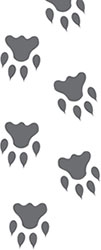
CONTENTS
1
Choosing a Career Working with Animals
Congratulations on picking up a book about working with animals. Animals are a huge part of every persons life. From the foods we eat to the clothes we wear, from the simple joy of owning a pet to the complexity of fighting on the battlefield, animals are our companions, coworkers, assistants, and fellow travelers on this planet we all call home.
Why did you pick up this book, open it, and start reading? If your answer is, Because I love animals, awesome! Thats step one. But almost everyone loves animals, and those who dont love them probably really like them but dont want to take on the responsibility of owning or caring for them.
You LOVE animals. Great start. But... are you obsessed? Are you captivated by every dog or cat you see? Intrigued by herds of cows or horses? Fascinated by fish or whales? Does seeing an animal in need stir you to action? Do you get goosebumps just thinking about ways to protect animals in the wild? Does finding a cure for animal diseases drive you to take harder and harder science classes? Does the idea of extinction make your heart sink to your knees?

If you can answer YES ! to any of those questions, or you feel that you are heading in the direction of a yes answer, then pursuing a career working with animals may be right for you.
World Leaders Have Pets Too
Barack Obama, former president of the United States, adopted a Portuguese water dog named Bo. A few years later, while still in the White House, he and his family adopted another dog named Sunny.
Bhumibol Adulyadej, former king of Thailand, had a dog named Thong Daeng, meaning Copper, that was rescued from the streets of Bangkok. During the kings reign, he encouraged his people to adopt street dogs.
Theresa May, the prime minister of the United Kingdom, has a cat named Larry. Larry holds the official title of Chief Mouser to the Cabinet Office. When a prime minister leaves office, he or she also leaves the house at 10 Downing Street in London. The cat, however, stays.
Elizabeth II, the queen of England, loves Welsh Corgis and has owned over thirty of them during her reign.
Akihito, emperor of Japan, has a goby fish. He is an ichthyologist and has published dozens of peer-reviewed papers on fish biology. In 2006, fellow researcher Doug Hoese from Australia named his newly discovered fish Akihito in honor of his friend.
Vladimir Putin, the president of Russia, has a black Labrador named Koni. The dog was a gift from the General of the Russian Army.
 SPOTLIGHT
SPOTLIGHT 
Claude Bourgelat (17121779), Founder of the Worlds First Veterinary Schools
Claude Bourgelat was born on March 12, 1712, in Lyon, France, during the reign of Louis XIV . His father was a nobleman, and as his son, Bourgelat received an excellent education and was expected to pursue a career in law. After some time as a lawyer, he lost his focus and turned his attention to horses. Before long Bourgelat was considered the best in the nation at training and riding them. He was named the grand equerry of France and became director of the Lyon Academy of Horsemanship when he was only twenty-eight years old. The Lyon Academy was a school where young men studied horseback riding, music, math, manners, and swordsmanship.
Bourgelat soon realized that his knowledge of horse anatomy and health issues was sorely lacking, so he set out to learn as much as he could from two Lyon surgeons. Ten years later, in 1750, his book, lmens dhippiatrique ou nouveaux principes sur la connoissance et sur la mdecine des chevaux (Elements of the Principles of Veterinary Art, or, New Knowledge about Medicine and Horses), was published.



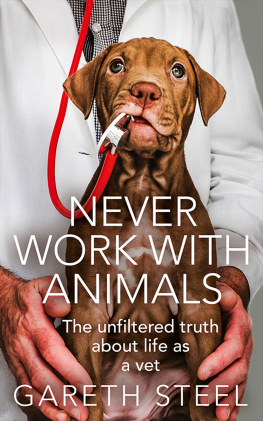
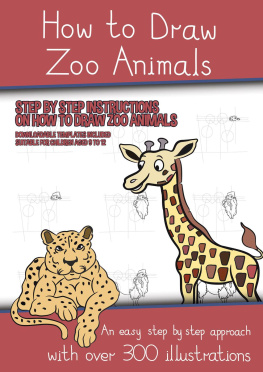
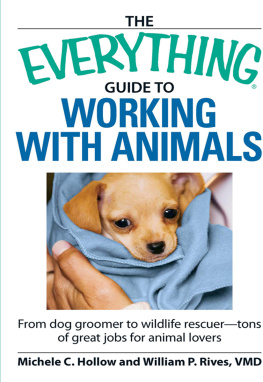
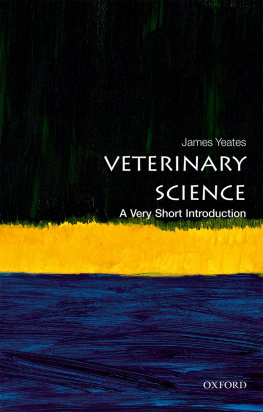
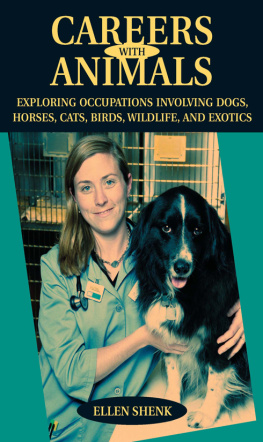



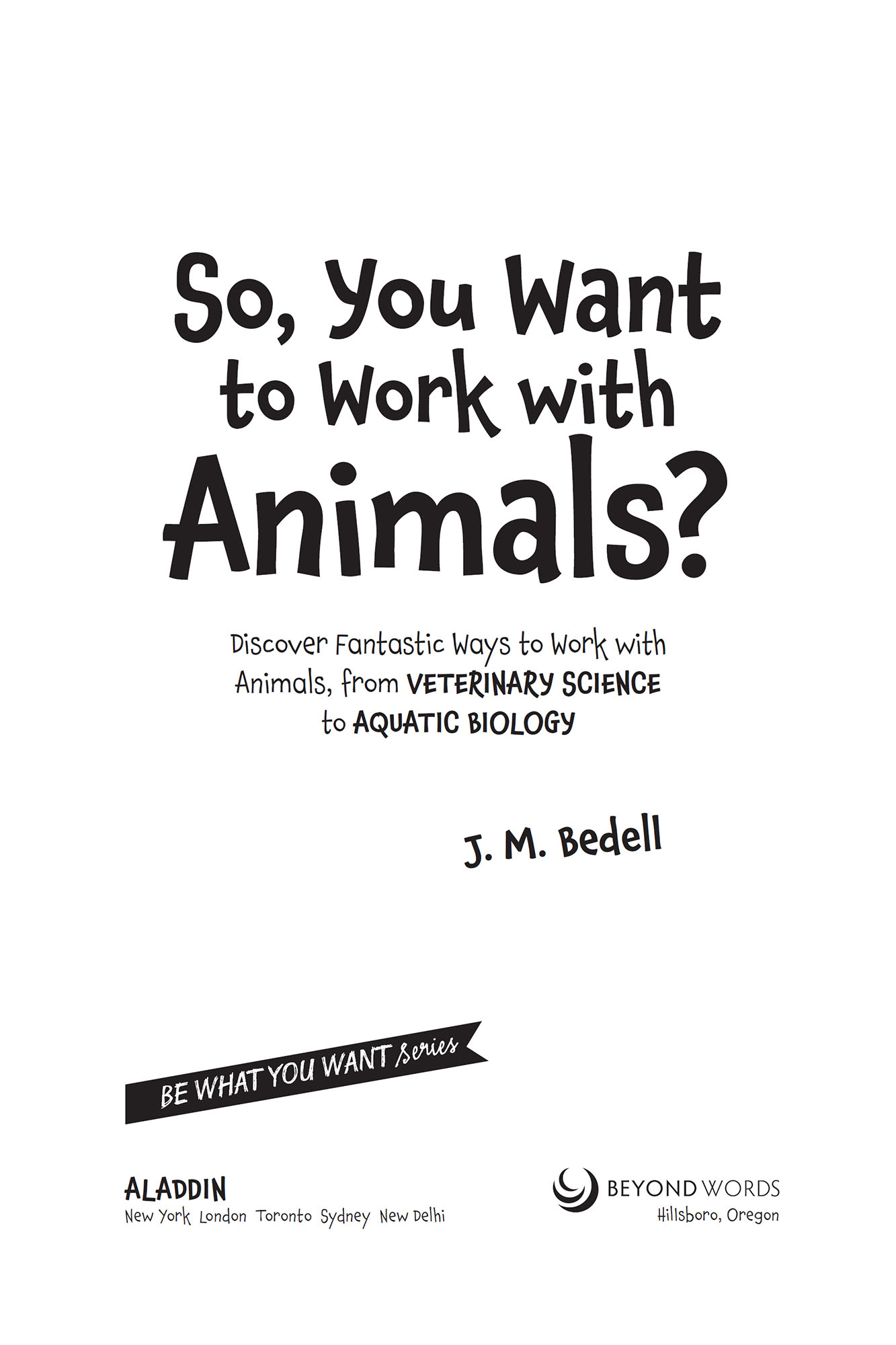





 SPOTLIGHT
SPOTLIGHT 